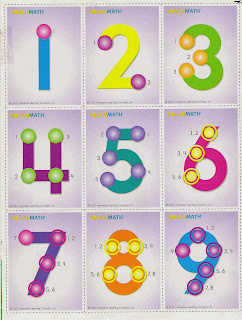A bodily-kinesthetic learner uses their body and senses to explore the world around them. These students like to think out their problems while they are moving and learn best when they are taking a hands-on approach. The best example that I have in my classroom to tap into a student's bodily-kinesthetic learning style is when my
students are out in their practical experience in a real preschool setting. These students are actually
learning by doing. In this setting,
all four learning modalities are covered; movement, tactile, visual, and auditory.
They have similar responsibilities that reflect a teacher's assistant. Learning modalities is such an important topic to cover for my
highschool students to learn because they need to know how they learn best so that they can be successful. They also need to realize that children learn in many different ways and it is their job to
plan and adapt for a variety of intelligences in the preschool classrooms.
Everyday, the preschool children engage in a
fine and gross-motor activity. What better way to see the value in movement, then to watch it first hand with the children that they are teaching. A special part of our curriculum is adapting gross-motor activities for developmental delayed children because we work in a preschool special education setting. These children are getting an early intervention in all areas of development. The high school students really appreciate the fact that they get to see children improve their skills as time goes by. Most of the activities that the high school students plan and develop work on the preschoolers fine-motor skills. When they are creating their activities, they are the ones that
practice on each first before they carry it into the preschool classrooms.
Although it is not always possible to have my students get up and move in a lesson, I try very hard to incorporate some form of movement so that they are
interacting with their environment. Bodily-kinesthetic learners
perform a task much better after seeing someone else do it first such as myself, the instructor and the preschool teachers that they work besides. The Early Childhood Care and Education task list has a lot of competencies to teach, for each skill I provide many opportunities for my students to
explore. Many situations that occur in a childcare setting can be practiced in a
role-play scenario which we often do in my theory classroom.
An obstacle course is one of the best ways for the preschool students to work on their gross-motor skills!





















